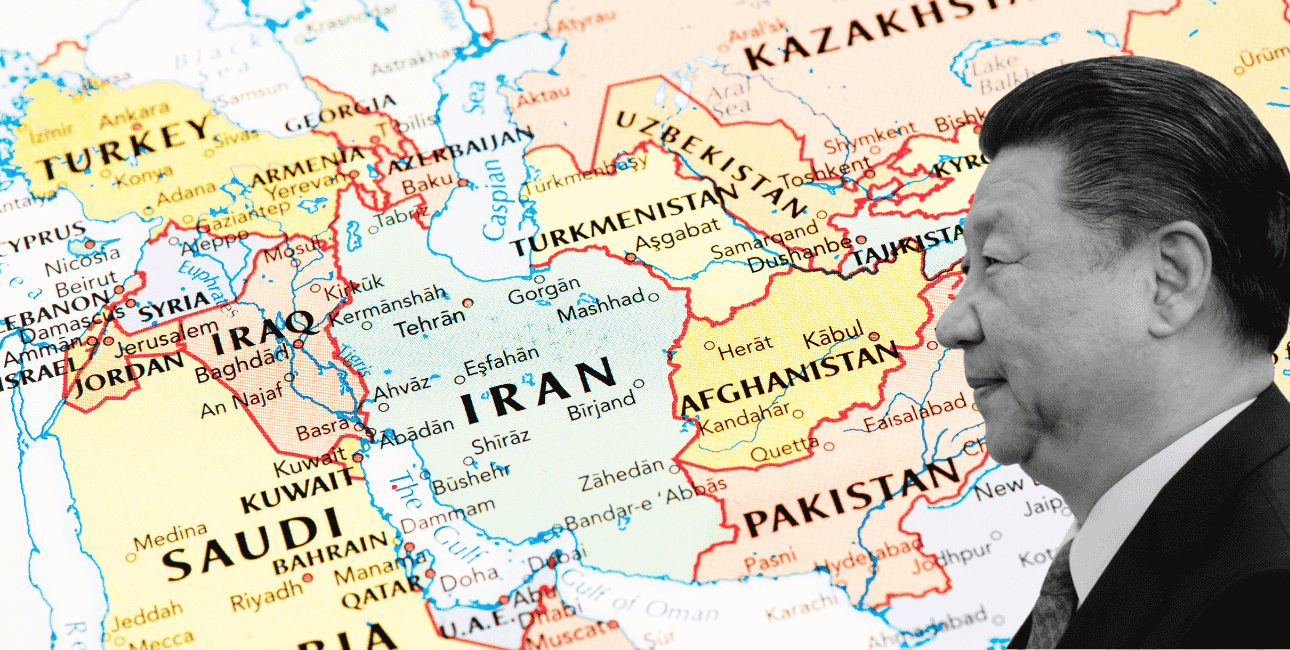Russia’s Loss Is China’s Gain! Beijing Captures Central Asian Arms Market Amid Putin’s Focus On Ukraine

A war leaves behind short-term and long-term penalties. Political punditry may anticipate some of these, while others become apparent only with time.
The Ukraine war brought Russia and China closer in their dislike for NATO. However, knowing that political and diplomatic relations are rarely static, likes and dislikes must conform to national exigencies and interests.
During the Soviet period, the Kremlin hardly allowed any of its federating units to pursue an independent foreign or defence policy.
Not only that, but for much of the post-Soviet period as well, Russia was the main supplier of military hardware to the Central Asian Republics. At least in three Central Asian states, namely Kazakhstan, Uzbekistan, and Tajikistan, Russia almost enjoyed a monopoly in supplying arms, ammunition, and military equipment.
But the Russian incursion into Ukraine on 24 February 2022, and the continuation of hostilities till now, impacted the order of things that prevailed for a long time.

As the Ukrainian war stretched, it pulled in Russia’s military resources and sapped its arms exportability. Russia bought drones from Iran and a variety of arms from North Korea. Eventually, the war forced Moscow to go slow in selling arms and ammunition to the Central Asian Republics.
According to a report in The South China Morning Post, between 2020 and 2024, Russia’s arms exports fell 64 percent, of which two-thirds went to three countries: India (38 percent), China (17 percent), and Kazakhstan (11 percent).
Other countries eagerly watched Russia’s decline in arms supply to Central Asian states. Foremost among them was China, which had already established economic ties with Central Asia but now found a new opportunity to further strengthen them by entering the arms market.
China’s economic ties with Central Asia were established soon after the Soviet Union’s implosion, but there were hardly any reports of China exploring the possibility of an arms market in that part of the globe.
However, the war in Ukraine provided an opportunity for Beijing to enter the Central Asian arms market without fear of Moscow’s displeasure.
According to reports, Kazakhstan bought drones from China in 2024, and Uzbekistan is planning to acquire Chinese fighter jets, probably JF-17s, jointly produced by China and Pakistan.
The JF-17 is a multi-role aircraft capable of performing in all weather conditions and various combat scenarios. It is also considerably cheaper than Western alternatives, such as the French Rafales.
Recently, Uzbekistan introduced new air defense systems of Chinese origin. The FM-90 short-range surface-to-air missile system and the KS-1C system. The KS-1C is particularly notable as it can hit targets at a distance of 5 km to 50 km, with an interception altitude of 500 m to 25 km.
Tashkent is also believed to possess China-made Wing Loong military drones.
Turkmenistan has also shown interest in establishing defence ties with Beijing. Ashgabat is reported to have acquired FD-2000, FM-90, and KS-1C systems. Turkmenistan is believed to have bought the Chinese-made HQ-9 long-range air defense system, the HQ-12 medium-range air defense system (the first Chinese air defense system to use a phased array radar), and the HQ-7 short-range air defense system (considered the Chinese equivalent of the French Crotale system).
Other purchases include the YLC-18 active phased array surveillance radar, tropospheric communications and electronic reconnaissance stations, and the WJ-600A and CH-3A attack drones. These are among the most high-tech and expensive types of modern military equipment.
Tajikistan—once called the Soviet Union’s underbelly—is perhaps the least developed state in Central Asia. Interestingly, earlier this year, the Chinese-made HQ-17 AE air defense system was on display during a military parade in the capital, Dushanbe.
This powerful weapon is designed to defend against a range of aerial threats, such as aircraft, helicopters, cruise missiles, and drones. It is reported to be a transportable system ideally suited to meet Tajikistan’s need to secure aerial activity in the country’s mountainous areas.
In conclusion, we find that China is filling the vacuum left behind by Russia in fulfilling the arms requirements of Central Asian states. China attaches much significance to the Central Asian region as a bridge linking East and West, and supplying arms to these countries allows Beijing to expand its influence in this strategic region.
- Questions and Answers
- Opinion
- Motivational and Inspiring Story
- Technology
- Live and Let live
- Focus
- Geopolitics
- Military-Arms/Equipment
- Sécurité
- Economy
- Beasts of Nations
- Machine Tools-The “Mother Industry”
- Art
- Causes
- Crafts
- Dance
- Drinks
- Film/Movie
- Fitness
- Food
- Jeux
- Gardening
- Health
- Domicile
- Literature
- Music
- Networking
- Autre
- Party
- Religion
- Shopping
- Sports
- Theater
- Health and Wellness
- News
- Culture

